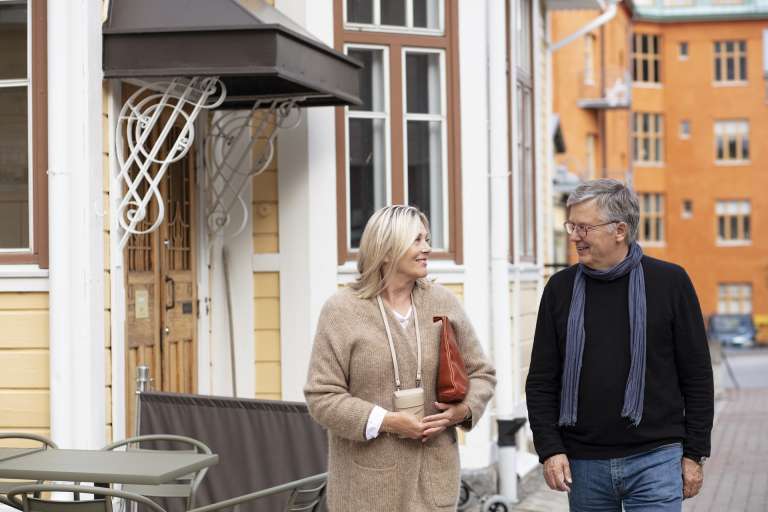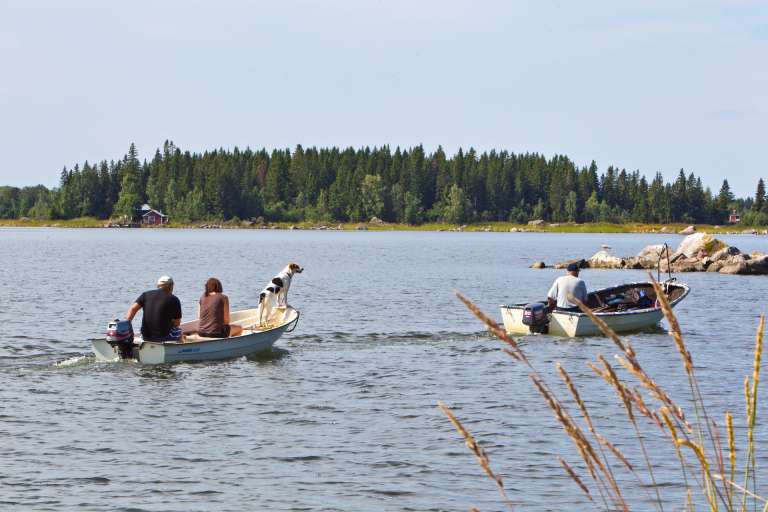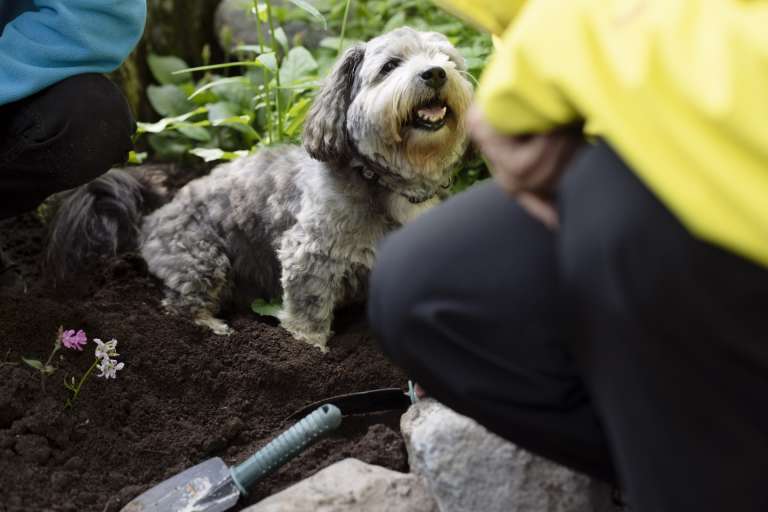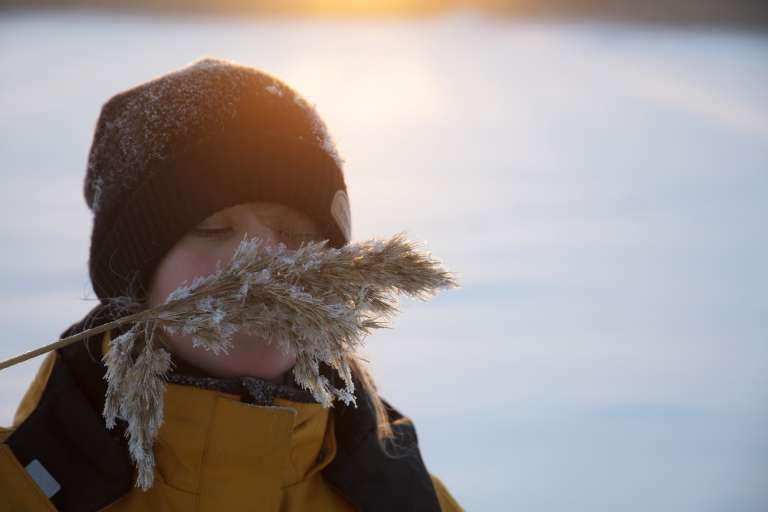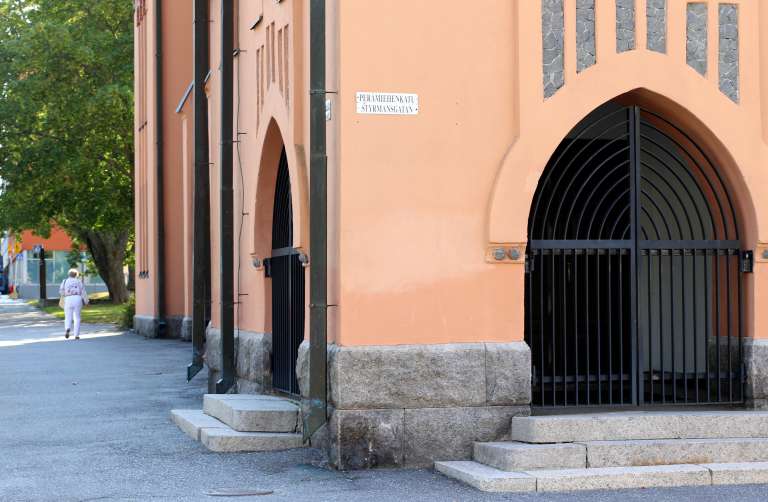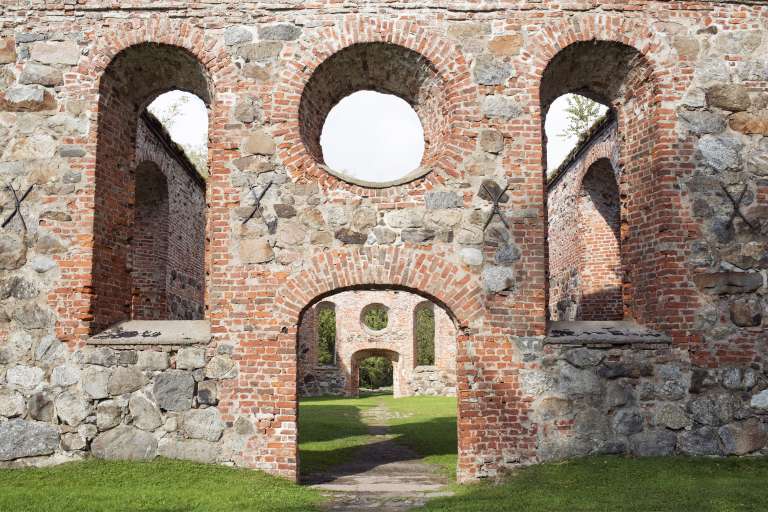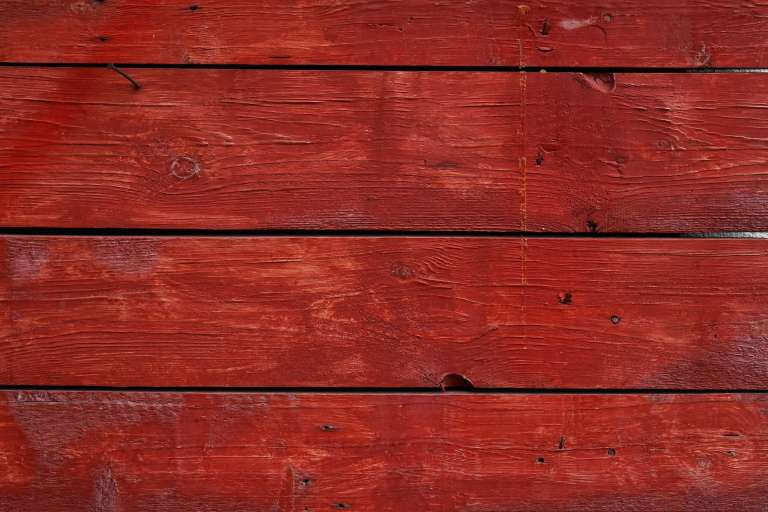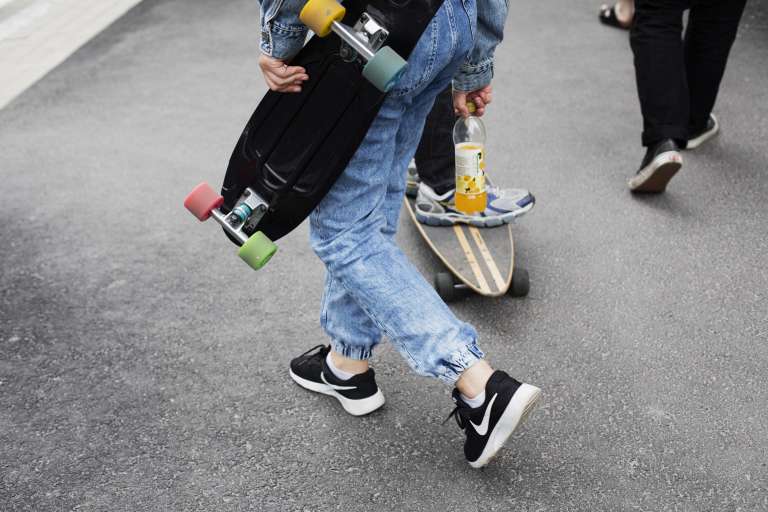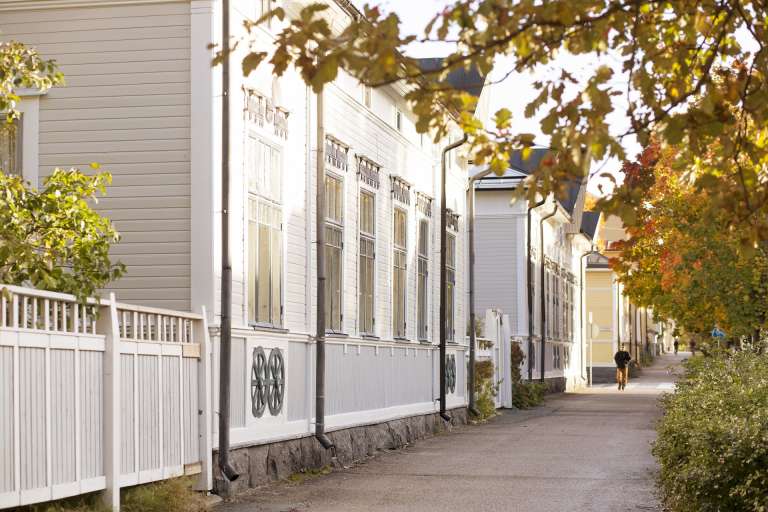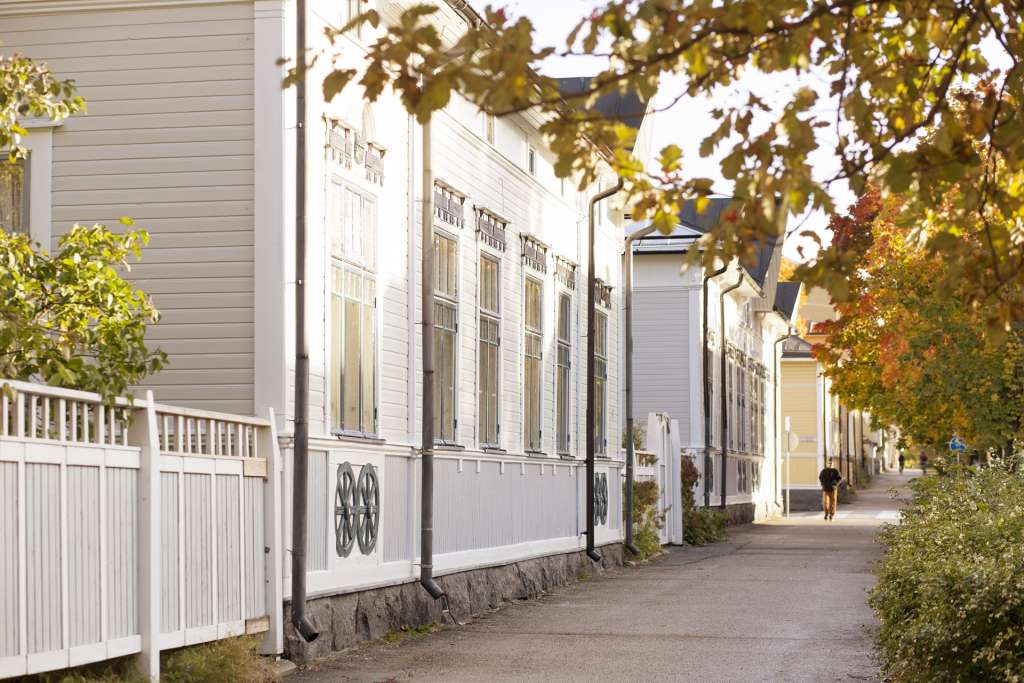
Neighbourhoods
In Vaasa, your home can be located in the middle of the city, by the sea or in real countryside, and yet you are close to quality services. Residential areas blend into the landscape in harmony with the nature.
Vaasa is divided into 12 major districts and 60 minor districts. The neighbourhoods are divided according to the districts. Each neighbourhood has its own ambiance, history and community.
-
After Vaasa almost completely burnt to the ground in 1852, it was decided to relocate the city to where it now stands today. The beautiful avenues in the centre were originally built as fire breaks. The island called Hietasaari or "Hietsku" (as it is known locally) is one of Vaasa's most popular beaches.
-
Maritime Gerby is delightful! A harbour for small boats, beaches and, of course, Strömsö (where the Finnish television series is produced), help to create the cosy suburb that this part of the city is known for.
-
According to local history, Huutoniemi (Shouting Peninsula) was so named because residents once had to shout for the ferry on the opposite shore. Asevelikylä (Brother-in-arms Village) is known for its war veterans’ houses and the Edvin’s Trail. In the Purola district, the way that both the new and old houses come together creates a neighbourhood that is full of character.
-
In the mornings, it is a common sight to see cyclists hurrying by as they commute to Runsor, the central business district of the Energy Cluster. This part of the city is also close to Pilvilampi, a popular hiking area, which is enjoyed by outdoor enthusiasts all year round.
-
The older dwellings and distinctive yards of Kotiranta are part of a residential area close to the city centre and the shops of the Kivihaka commercial district. Metsäkallio, Kivihaka, Länsiniitty and Koskisuo are the newest residential areas in Vaasa. Many families build their houses here, which makes it easy for the children to find a playmate next door.
-
Palosaari or Präntöö (as it is known locally) is a district with a reputation for its high self-esteem. People who live there, like to be specifically identified as Präntöö residents and people from Vaasa belong to another “tribe”. Palosaari has its own marketplace and church.
-
Only a few buildings survived the great fire of Vaasa, one of which today functions as a museum. In Old Vaasa, it is possible to visit the ruins of St. Mary's Church. Haapaniemi (known locally as "Hapski"), Ristinummi (known locally as "Nummi") and Old Vaasa (known locally as "Vanhis") are residential areas for people of all ages, who live in both flats and detached houses.
-
Sundom has one exception to the flat landscape found there: the Öjberget Ski Centre, which is home for many fans of alpine sports. Here at the Öjberget Ski Centre, you can go downhill skiing in the winter and sprint up the stairs in the summer.
-
Suvilahti was the site of the housing fair in 2008. Here you will also find the Vaasa Arena, where Vaasan Sport (who play in the Finnish Ice Hockey League) bring great sporting moments to their fans! Korkeamäki or "Korkkari" (as it is known locally) is a residential area close to the city centre and services.
-
Vähäkyrö provides an idyllic rural environment close to city amenities. The Kyrönjoki river flowing through Vähäkyrö is one of Finland's 27 national landscapes. In Vähäkyrö, the sense of communal village life is alive and well. Vähäkyrö merged with the City of Vaasa in 2013.
-
Vöyrinkaupunki or "Vörkkäri" (as it is known locally), is located just off the city centre. This area is well known for its old wooden houses. Klemettilä is known for its business and commercial premises, but the area is now changing as new residential buildings continue to rise in the area.

